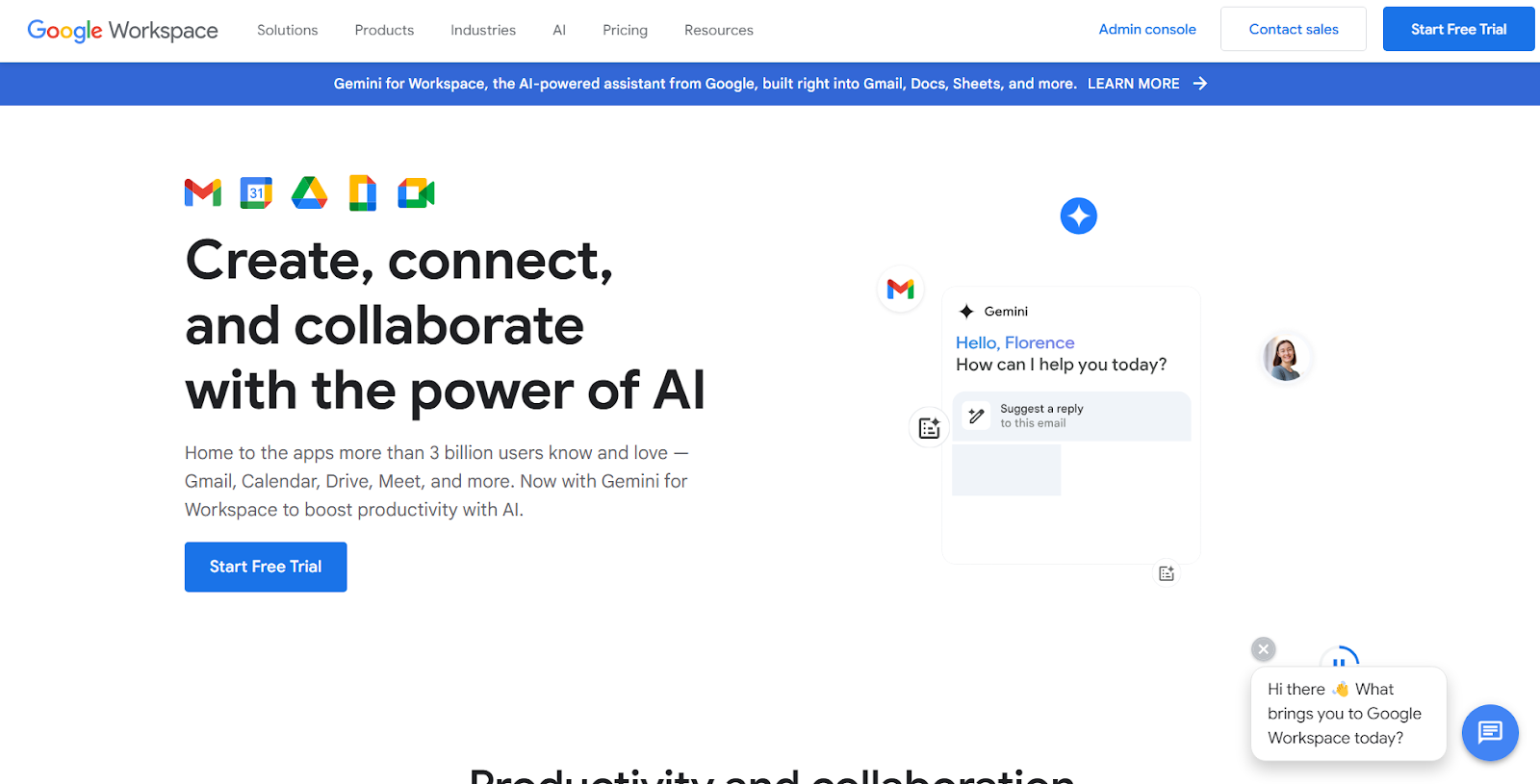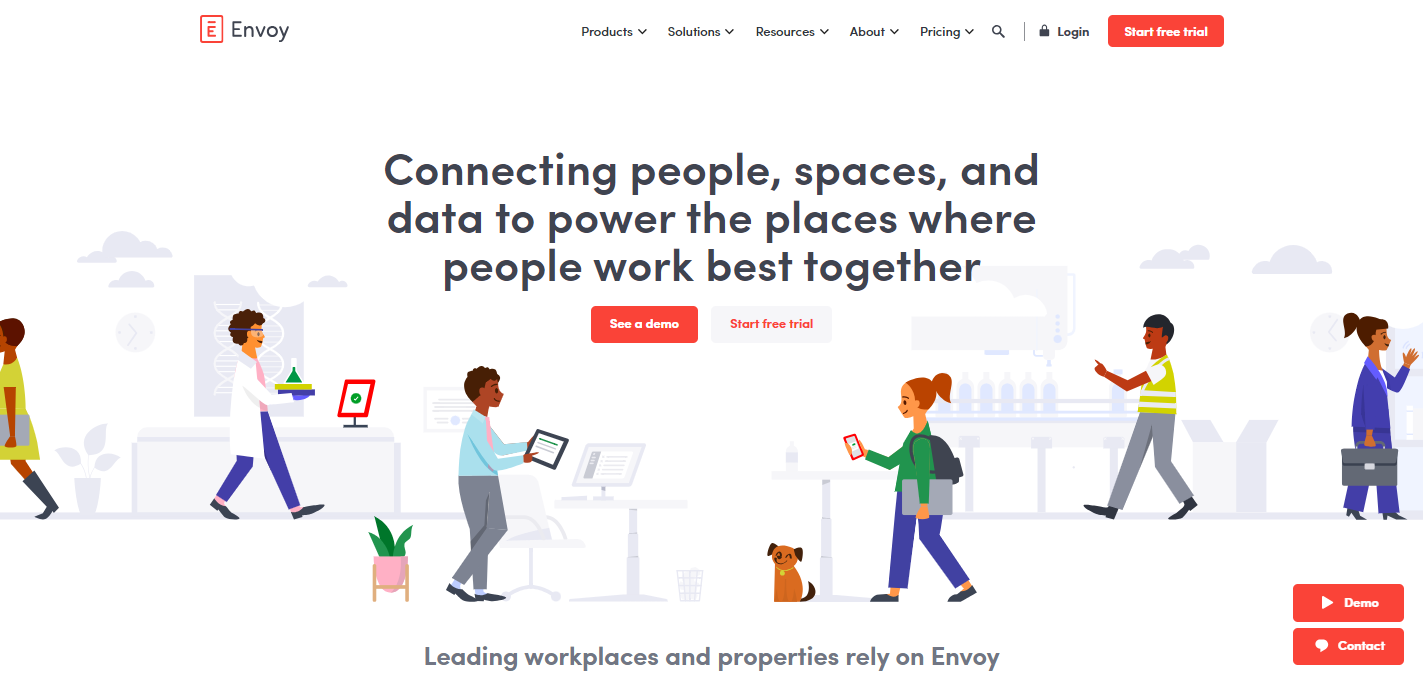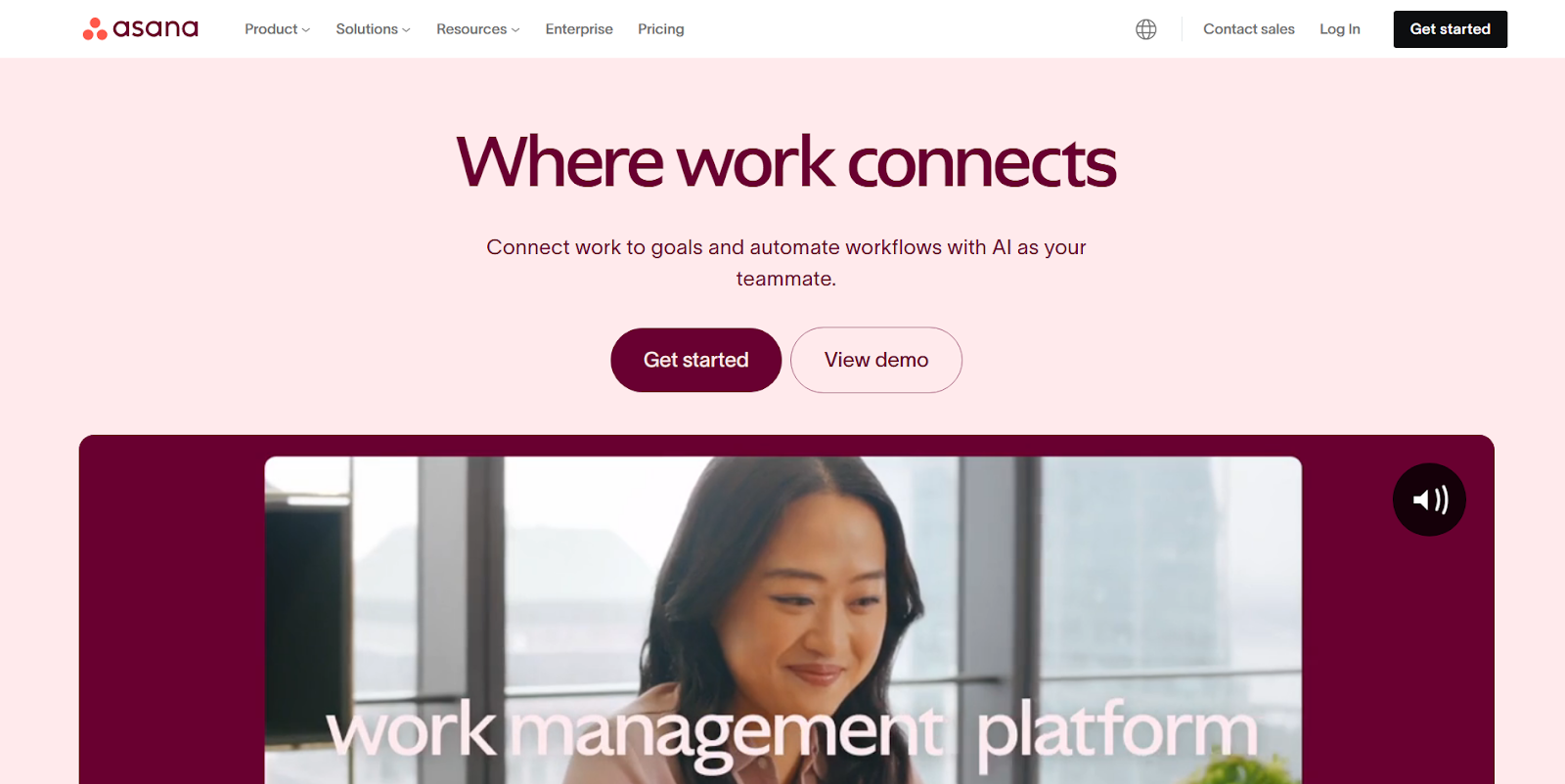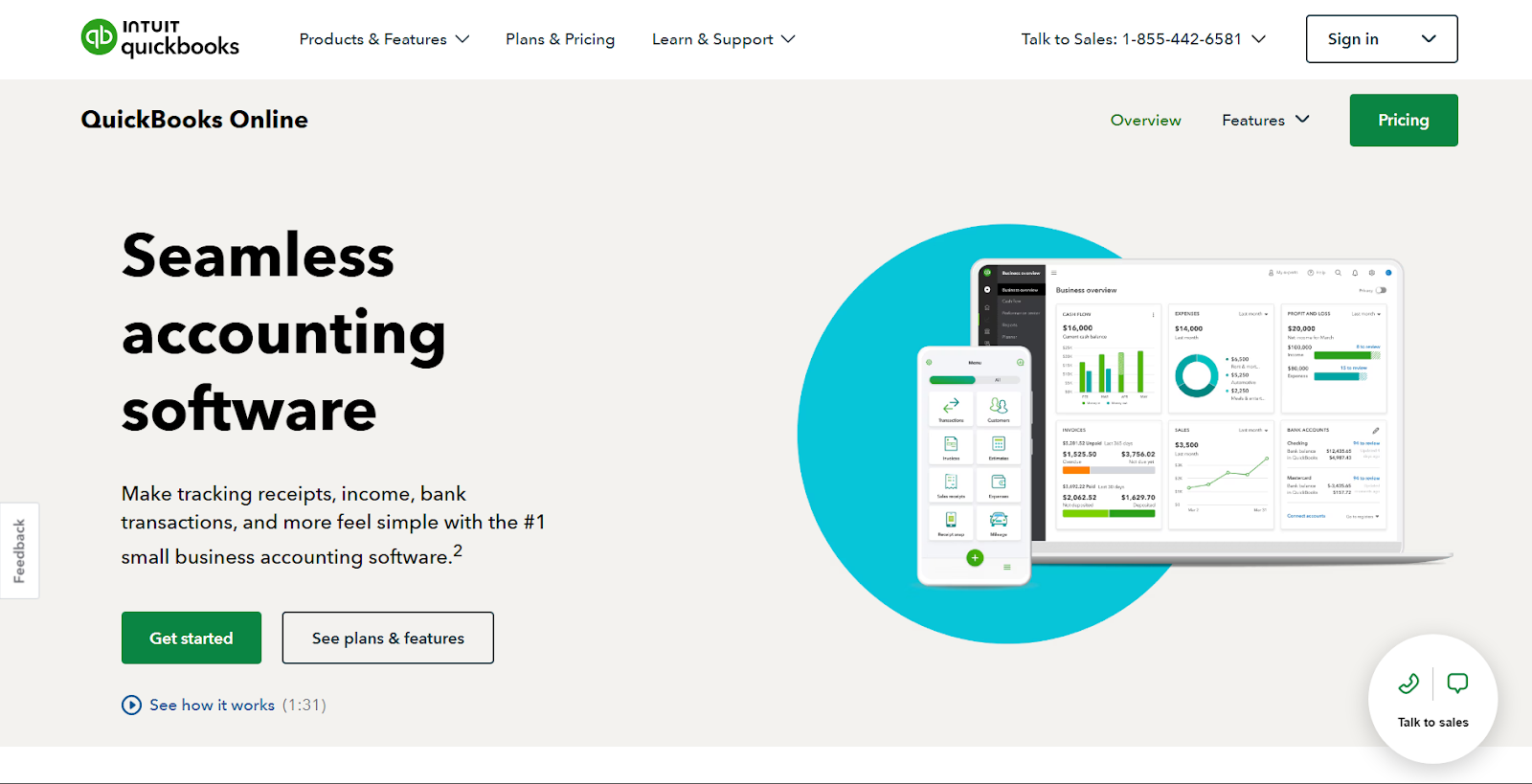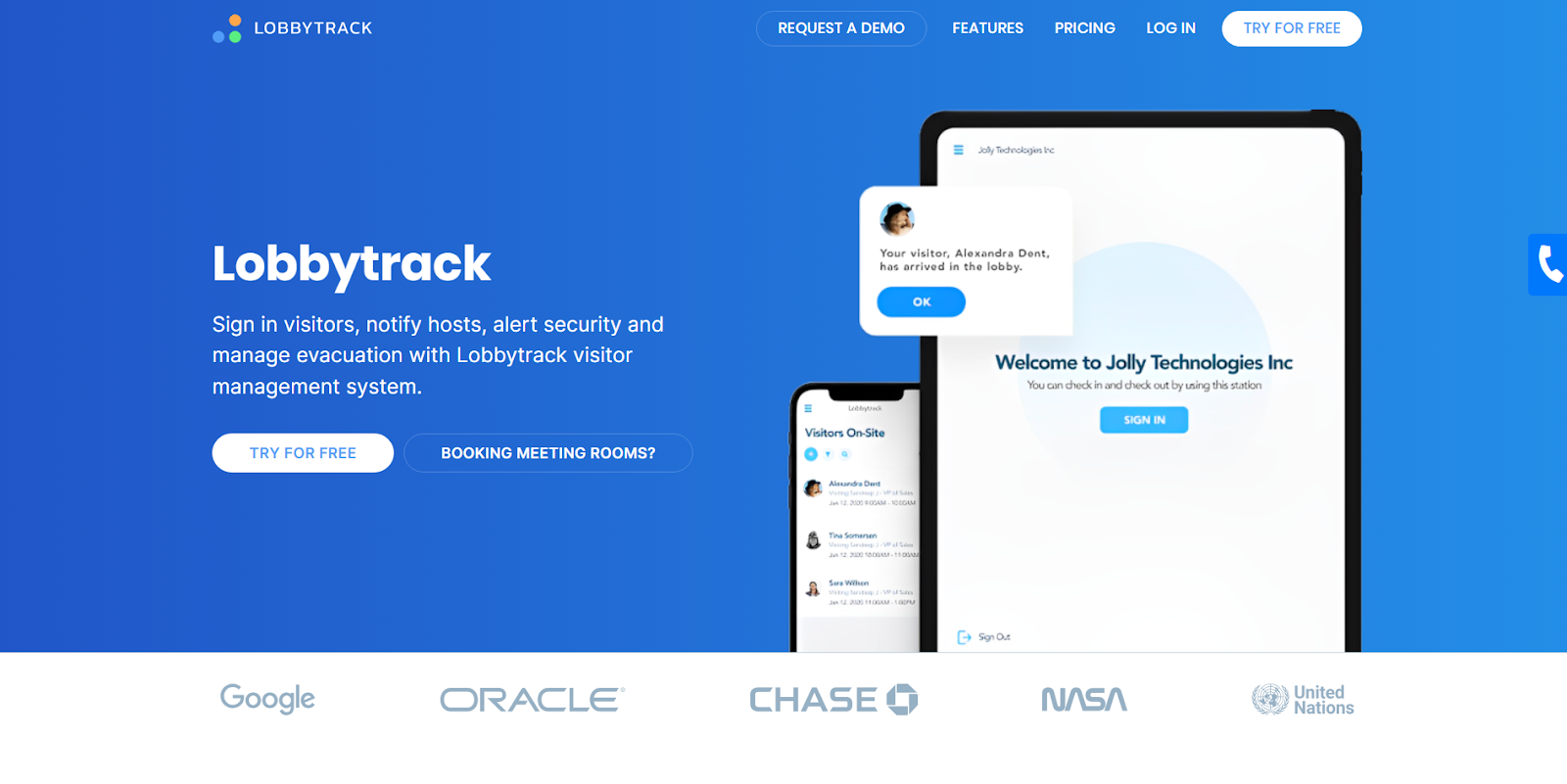
The Ultimate Guide to Office Management Software
Office management systems simplify tasks, communication, and resource management in an office. This software combines key tools to handle tasks from one platform.
It covers organizing meetings, tracking project progress, handling office supplies, and improving team communication.
In this article, we will discuss office management software, its key features, benefits, and the types of software available.
We will also provide steps on how to select the right solution and what are some of the top platforms available.
What is Office Management Software?
Office management software refers to a digital tool or set of tools that supports various office tasks and resources. Office management tools help office managers and employees handle tasks previously done manually, such as:
- Managing schedules
- Tracking inventory
- Coordinating with team members
- Managing documents
In the past, these responsibilities required several different tools, like spreadsheets for tracking assets or paper-based systems for document storage.
Modern office management system combines these functions into a single platform.
It created a centralized system for handling office operations. This system reduces manual tasks, reduces errors, and boosts productivity.
What are the Types of Office Management Software?
Office management software tools support tasks like communication, project management, document storage, scheduling, and more. Selecting the right mix of these tools helps offices run efficiently and stay organized.
Communication Tools
Communication tools connect team members for daily updates, project discussions, and virtual meetings. Platforms like Microsoft Teams and Slack support instant messaging, video calls, and shared calendars.
Teams use this to reduce email clutter and keep conversations organized, making it easy to find relevant information quickly.
Communication tools offer functions like:
- Messaging and Chat: Real-time communication between team members.
- Video Calls: Virtual meetings for remote and hybrid teams.
- Shared Calendars: Coordinated schedules for team planning.
Project Management Software
Project management tools organize tasks, set deadlines, and track project progress.
Platforms like Trello and Asana help managers keep an overview of ongoing projects while allowing team members to update their own progress.
With these tools, everyone on the team can see project timelines and individual responsibilities. It also helps optimize workspace efficiency.
Project management tools provide:
- Task Assignment: Assign tasks to specific team members.
- Progress Tracking: Monitors project timelines and completion rates.
- Milestone Reminders: Sends notifications for key dates and deadlines.
Document Management Systems
Document management systems store, organize, and secure files. Platforms like Google Workspace and Zoho Office Suite support creating, storing, and sharing documents in one place.
These tools simplify file storage, reduce paper use, and keep all team members up-to-date with the latest documents.
Document management features include:
- Centralized Storage: Organizes files in a secure, accessible location.
- Access Control: Limits file access to authorized team members.
- Version History: Tracks edits, avoiding confusion over outdated versions.
Scheduling and Calendar Tools
Scheduling tools help book appointments, set meeting times, and track task deadlines. Google Calendar and Microsoft Outlook offer easy options for arranging team meetings, reserving rooms, and keeping track of daily schedules.
Scheduling tools provide:
- Meeting Booking: Schedules meeting rooms and times.
- Task Notifications: Alerts for upcoming deadlines and events.
- Calendar Syncing: Connects with other apps for unified scheduling.
Accounting and Expense Management Software
Accounting tools support offices with tracking expenses, managing budgets, and organizing financial records.
Platforms like QuickBooks assist with invoicing, expense monitoring, and budget planning. It reduces the need for manual record-keeping and helps businesses stay organized financially.
Accounting software offers:
- Expense Monitoring: Tracks daily costs and categorizes them.
- Invoicing and Payments: Manages billing and client payments.
- Budget Planning: Assists in creating and maintaining budgets.
Human Resources Management Systems
HR tools help with employee data, payroll, benefits, and performance records. It assists in organizing employee-related tasks, reducing paperwork, and keeping records easily accessible.
These tools also track attendance, manage payroll, and store employee information securely. HR software features include:
- Employee Data Management: Stores information on hiring, payroll, and benefits.
- Performance Tracking: Monitors employee progress and feedback.
- Attendance Tracking: Records absences, time-off requests, and work hours.
Visitor Management Systems
Visitor management tools track guest check-ins, record visitor information, and improve office security. These systems are useful for offices that frequently host clients, vendors, or visitors.
It helps maintain a secure environment at the reception desk by keeping visitor logs and printing badges.
Visitor management includes:
- Visitor Logs: Tracks guest arrivals and departures.
- Badge Printing: Issues badges to identify guests within the office.
- Data Storage: Records visitor information for compliance and future reference.
Inventory and Asset Management Tools
Inventory and asset management software monitors supplies, equipment, and resources. These tools simplify tracking of stock levels and usage of items like furniture, electronics, and supplies.
Alerts notify managers when inventory runs low, helping prevent shortages and maintain an organized inventory.
Inventory management provides:
- Supply Tracking: Monitors office supplies and restocking needs.
- Asset Logging: Records office equipment details such as location and condition.
- Maintenance Scheduling: Sets reminders for routine upkeep of equipment.
Event Management Tools
Event management software helps with planning internal events, team meetings, and office gatherings. It simplifies the coordination of schedules, manages guest lists, and allocates resources. This tool offers features like RSVPs, resource allocation, and scheduling for event coordination.
Event management includes:
- Event Scheduling: Coordinates dates and times for office events.
- Resource Planning: Allocates rooms, equipment, and materials for events.
- RSVP Tracking: Manages guest lists and confirmations.
Customer Relationship Management (CRM) Systems
CRM systems organize interactions with clients and customers, tracking communication, sales, and service requests.
It allows offices to keep client information in one place, document interactions, and follow up on inquiries. CRM tools improve customer relationships and help teams stay efficient.
CRM software includes:
- Client data logging: Records client details and past communications.
- Sales tracking: Monitors customer interactions, sales activities, and follow-ups.
- Service request organization: Tracks client service requests for timely responses.
7 Best Office Management Software Solutions in 2024
Choosing office management software that fits your team’s needs involves comparing options by features, user experience, pricing, and compatibility.
1. DeskFlex
DeskFlex is an office management platform designed to help organizations better use the workspace, support flexible work arrangements, and manage resources efficiently.
It allows employees to reserve desks, meeting rooms, and other office resources. Real-time booking helps employees avoid scheduling conflicts and find available spaces quickly.
It also offers 3D floor maps that display the office layout, helping employees select workspaces and office areas.
The platform also integrates with Microsoft Outlook, allowing employees to make and manage reservations directly from their Outlook calendars.
This feature provides a unified system for managing bookings and meetings for offices already using Outlook.
DeskFlex supports mobile devices, allowing employees to make and modify reservations through their smartphones. Mobile access provides flexibility, as employees can check availability and make bookings even when offsite.
Key Features:
- Support for both hot-desking and fixed seating.
- Visual display of office layout for workspace selection.
- Calendar sync for easy scheduling.
- Real-time availability view from any location.
- Reports on space usage and booking trends.
Make the most out of your office management. Book a demo with DeskFlex today!
2. Google Workspace
Source: workspace.google.com
Google Workspace is a cloud-based collaboration platform designed to support flexible work environments and improve productivity across remote, in-office, and hybrid teams.
With tools like Gmail, Drive, Meet, Calendar, and Chat, Google Workspace lets employees connect, collaborate, and access files from any location.
Its familiar applications create a unified workspace where teams communicate, share documents, and work together in real time.
Google Workspace includes advanced security features like data encryption and phishing protection, creating a safe space for information sharing. Administrators control security, authentication, and device management from a centralized dashboard.
Key Features:
- Real-time editing and collaboration across documents.
- Integration with Google Calendar for smooth scheduling.
- Data encryption and phishing protection for secure information sharing.
- Mobile access for on-the-go productivity.
3. Envoy
Source: envoy.com
Envoy is an office management platform that helps organizations control costs, improve employee experience, and strengthen security.
It supports visitor check-ins, employee scheduling, and property management, bringing people, spaces, and data into one platform.
Envoy’s visitor management tools include automated host notifications, badge printing, and detailed visitor logs.
For employees, Envoy offers desk and room booking, coworker location tracking, and delivery management, helping create a structured workplace environment.
With analytics on occupancy and space usage, Envoy gives insights to help make cost-saving adjustments and plan future space needs.
Security features include emergency response management, visitor screening, and controlled building access, providing added safety for people and property.
Envoy integrates with Google Calendar, Microsoft Outlook, Microsoft Teams, and Slack, allowing scheduling and visitor management within familiar workflows.
Key Features:
- Visitor check-in with automated notifications and badge printing.
- Occupancy tracking and space usage analytics.
- Desk and room booking for employees.
- Security tools for emergency response and access control.
4. Slack
Source: slack.com
Slack is a platform for workplace collaboration that helps organizations centralize communication, manage projects, and connect with various tools to support efficient workflows.
Slack allows team members to communicate through real-time messaging, audio, and video calls. Project-specific channels organize conversations, making it easier to track updates, share ideas, and keep everyone aligned.
With Slack Connect, teams can collaborate with external organizations, working directly with clients and partners within the platform.
It also integrates with other apps like Google Workspace and Microsoft Teams, allowing teams to connect the tools they already use.
The platform also offers Slack AI, a feature designed to help users search company information, catch up on missed messages, and receive daily recaps.
Key Features:
- Real-time messaging and organized project channels.
- Audio and video calls for direct interactions.
- Slack Connect for collaboration with external organizations.
- Integrations with over 2,600 apps for cohesive workflows.
5. Asana
Source: asana.com
Asana is a work management platform built to help organizations manage projects at scale. It provides tools for setting clear objectives, tracking project timelines, and aligning tasks with company goals.
Project management features support teams in monitoring tasks from start to finish, helping everyone stay on track and organized.
The Goals and Reporting feature links individual projects to overall objectives, which helps teams prioritize work that aligns with company goals.
The platform also includes Asana AI, which automates workflows and adapts to support changing needs. Its resource management tools give teams visibility into workloads and timelines, allowing adjustments to keep projects on schedule.
Asana integrates with various tools, including Microsoft Outlook, Slack, Zoom, Salesforce, Jira, and more. These integrations help teams connect existing tools within Asana, building a unified space for project management.
Key Features:
- Company-wide goal setting and tracking.
- Project management tools for tracking tasks and timelines.
- Asana AI for workflow automation and improved efficiency.
- Goals and reporting to connect projects with company objectives.
6. QuickBooks
Source: quickbooks.intuit.com
QuickBooks is an accounting software that helps track receipts, income, bank transactions, and expenses in one platform. It provides a central view of financials, allowing users to monitor and manage their business finances.
The platform includes tools for bill management, expense tracking, and calculating tax deductions. Bank and credit card transactions sync automatically, providing real-time insights into cash flow and spending.
QuickBooks also supports invoicing with online payment options to improve cash flow. Its inventory tracking feature gives visibility into stock levels and orders.
With custom reporting, users can categorize transactions, generate insights, and prepare records for tax time. Integrations for payroll, mileage tracking, and project costing make QuickBooks adaptable to different business needs.
Key Features:
- Bill management and tracking of expenses across accounts.
- Automatic syncing for bank and credit card transactions.
- Invoicing and online payments for improved cash flow.
- Custom reports and tax deduction tools.
7. Lobbytrack
Source: lobbytrack.com
Lobbytrack is a visitor management system designed to improve visitor experience and support workplace security.
Visitors sign in through a touchless kiosk with QR code scanning, while hosts receive instant notifications on arrival. Pre-registration options allow faster check-ins, and badge printing connects to supported printers for easy visitor badges.
Lobbytrack aids evacuation management by providing real-time occupancy data. Security staff use the Guard App to view building occupancy and send alerts in emergencies. Screening features also notify security if a visitor appears on a watchlist.
Lobbytrack supports employee attendance tracking and allows the booking of shared spaces like meeting rooms and desks through the Employee App.
Key Features:
- Touchless visitor sign-in with QR code scanning.
- Host notifications and pre-registration for quick check-ins.
- Real-time occupancy data for emergency management.
- Badge printing and access control.
Why You Should Be Using Office Management Software
Office management software offers several practical advantages that support a productive and organized workplace.
This software simplifies complex tasks, centralizes resources, and improves communication within teams.
Better Organization and Task Tracking
Office management solution improves how teams handle and track tasks. An office manager can:
- Assign tasks
- Set deadlines
- Monitor progress
This clears up who is responsible for each part of a project. Real-time updates on task status keep everyone informed without the need for frequent check-ins. This reduces misunderstandings about roles and keeps the team aligned on project timelines.
Improved Productivity with a Simple Design
Most office management software platforms use a straightforward design that helps employees access necessary tools quickly.
A clear layout with scheduling, file sharing, and task management in one place allows employees to complete tasks with fewer interruptions.
A simple and user-friendly interface reduces the need for training, helping employees stay focused and productive as they navigate daily responsibilities with ease.
Stronger Communication and Collaboration
With built-in communication tools, office management software keeps teams connected for both daily interactions and project-related discussions. Features like messaging, shared calendars, and video conferencing allow team members to stay updated and organize meetings easily.
By using one platform, teams can:
- Save time
- Avoid switching between apps
- Lower the risk of missing important updates
These tools make team communication faster and more focused, benefiting both remote workers and in-office staff.
Centralized Resource and Document Management
Office management software acts as a central system for handling resources, documents, and supplies. Document storage features keep important files safe and accessible, while inventory tools help manage supplies and office equipment.
Centralizing these resources lowers the chance of misplaced files and unexpected shortages, as managers maintain a clear view of stock levels and available resources. This provides quick access to essential documents and keeps resource management organized.
Data Insights and Reporting
With reporting tools, office management software offers insights into:
- Productivity
- Task completion
- Resource usage
Managers can generate reports to view data relevant to specific projects or goals, helping them pinpoint areas that need improvement.
These insights support well-informed decisions as managers can adjust workflows, allocate resources effectively, and prepare for future projects. By analyzing productivity trends and resource needs, managers can develop plans that improve workplace productivity.
Ready to Make Your Workspace Work Smarter? Try DeskFlex Today!
Why settle for a chaotic office when DeskFlex can bring order and simplicity to your workspace?
It will help you manage desk reservations, meeting room bookings, and resource allocation, keeping your team organized and on track.
Forget about space conflicts and scheduling headaches. DeskFlex gives you the tools to manage your office efficiently so your team can focus on what matters.
With features like real-time availability, 3D floor maps, and mobile access, DeskFlex supports both flexible and fixed seating arrangements.
The platform also connects with Microsoft Outlook, allowing your team to manage bookings and meetings within a familiar setup.
Ready to elevate your workspace? Discover how DeskFlex can improve office management, boost productivity, and keep everyone working together smoothly.
Book your demo today and experience the difference with DeskFlex!
FAQs About Office Management Software
What is office management software?
Office management software is a platform that helps organizations handle various office functions like desk reservations, meeting room bookings, visitor management, resource allocation, and communication.
How does office management software improve productivity?
Office management software reduces time spent on scheduling, resource management, and visitor tracking by centralizing these tasks. Automated notifications and real-time updates help employees stay informed, while managers gain better visibility into office operations.
Can small businesses benefit from office management software?
Small businesses can benefit greatly, as many platforms offer affordable plans with features designed for smaller teams. Office management software helps small businesses organize resources, schedule meetings, and track visitors without the need for complex systems.
What are the benefits of analytics in office management software?
Analytics offer data on office usage, helping managers understand occupancy patterns, resource needs, and trends. Organizations make informed decisions about space adjustments, resource planning, and cost savings. Analytics also help support planning for future office layouts and resource allocation.
Is office management software secure?
Most office management platforms include security features such as data encryption, access control, visitor screening, and real-time monitoring. Administrators have control over who accesses specific areas and can monitor visitor and employee check-ins for added security.



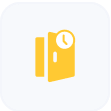

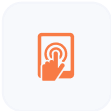
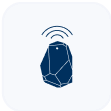
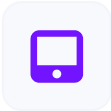
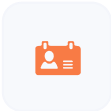
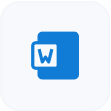
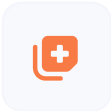
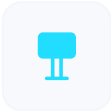
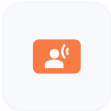
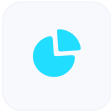

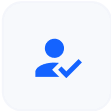
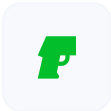




































 Support
Support  Demo
Demo  Blog
Blog 

